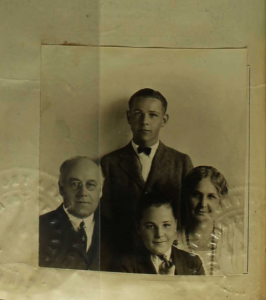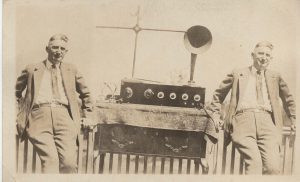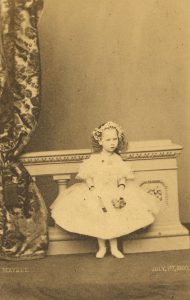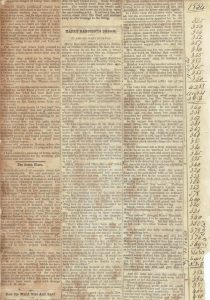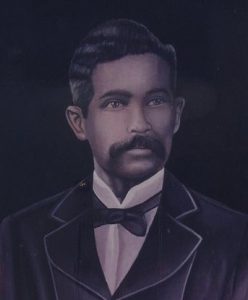
A few months ago I posted that, in tracing my wife’s ancestors, I had yet to find an ancestor who was born anywhere but in the Dominican Republic. This all changed within the last few days, thanks for a few detailed records, some very useful DNA matches, a detailed history of my mother-in-law’s hometown, and some luck! I now have three other places of birth for my wife’s ancestors, two within the Caribbean and one back to Europe – and not in Spain!
This started when I found the civil death record of my wife’s great-great-great-grandfather Jacinto Ramírez (1824–1910) of Santiago, Dominican Republic. This record not only listed Jacinto’s parents but also his place of birth, which was quite a surprise: Continue reading Haitian ancestors

